- Remington Gamemaster Model 760 Serial Numbers
- Remington 760 Serial Numbers Dates
- Remington 7600 Serial Numbers
- Remington Gamemaster 760 Serial Numbers
- Remington Model 760 Serial Numbers
- Remington 760 Serial Numbers Year
- Remington 760 Serial Numbers Search
- The model 760 'Gamemaster' with this serial number would have been manufactured between 1951 and 1967. Here is a breakdown of serial number blocks for that model: 1951-1967: 1,000-541,000.
- Remington 870, 700, 1100 Serial/Barrel Number Lookup Remington Serial/Barrel Number Lookup enables you to check when your Remington firearm was manufactured. Now you can do this automatically using Rem870.com Remington Serial/Barrel Number Lookup. Remington serial numbers located on receiver of your shotgun or rifle. But you need to use two letter code which is located.
- Remington dates of manufacture Remington made use of a two or three letter Firearms Identification Code that can be located on the left side of the barrel, just ahead of the frame. The first letter of the code identifes the month, the other letter(s) identify the year.
This is a June 1954 production Gamemaster 760. I replaced a few missing parts and cleaned it up. Butt stocks are easy to find, the fore stock are pretty much.
by Gene Myszkowski
Remington’s pump action, centerfire rifles are best |
conflict by |
But all Remington commercial projects were put on | to extensive function and endurance tests. The original |
| Page 18 | 3rd Quarter 2007 |
| Page 19 | 3rd Quarter 2007 |
The first production Model 760, serial number 1001 – F grade engraved and inlaid with gold game
scenes by Remington master-engraver Carl Ennis – was presented to C.K. Davis, and is currently on display at
the Remington Museum in Ilion, N.Y. Almost all production in 1952 was of A grade rifles with a plain, low-comb stock. The
receiver was not drilled or tapped for scope mounts or a receiver sight, and the new rifle had an overall length of 42″, a 22″ barrel, and weighed 7 1/2 pounds.
Other variations offered in 1952 included the Model 760B Special Grade, D Peerless Grade for $488.60, and F Premier Grade for $904.50. |
Remington Gamemaster Model 760 Serial Numbers
| Page 20 | 3rd Quarter 2007 |
| Page 21 | 3rd Quarter 2007 |
Total 1953 sales of the Model 760 were 81,428 rifles, of which 11,822 were ADLs or BDLs. The next year, production
increased to 85,065 rifles, while it dropped to 30,099 in 1955 due to the introduction of the new autoloading Remington Model
740 rifle. Persistent consumer complaints about the “rattle” of the ejection port cover were answered by changing the steel cover
to one made of a black nylon resin called Zytel. An “all purpose” high-comb stock was fitted to the A and ADL grades in 1958,
and the BDL designation was temporarily dropped. In 1963 Model 760 rifles were available in A, ADL, CDL, D and F Grades,
only. In 1965, “wings” were added to the checkering pattern of the pistol grip.
| Page 22 | 3rd Quarter 2007 |
| Page 23 | 3rd Quarter 2007 |
The Model 760 BDL Deluxe, later called the Custom Deluxe, was introduced in 1966. It featured a stepped receiver,
Monte Carlo butt stock, flat forearm and pressed basket-weave checkering. It was available in a left-hand version, but cartridgeejection was still out the right side.
In 1966, the company sold 4,610 Remington 150th Anniversary models of this gun, all in .30-06 caliber, and each
featured the 150th Anniversary logo on the receiver. Also in 1966, Remington introduced a new checkering pattern -called the
fleur-de-lis” – to replace the standard cross-hatched checkering on previous standard grade models.
The Model 760 serial number sequence was changed on November 26, 1968, because the National Gun Control Act of
1968 required that no two guns from the same manufacturer have the same serial number. The initial Model 760 serial number
sequence began at 1001 in 1952, and ended at 549773. The new serial number sequence, now shared with the Model 742
autoloading rifle, began at 6900000.
In 1969 a new caliber was added: 6mm Remington centerfire. Also in 1969, the Model 760A and the Model 760ADL
grade designations were dropped and the standard grade was simply called the Model 760. In 1976, about 3,800 American
Bicentennial-edition Model 760 rifles were sold. Custom Shop records indicate that only 82 Model 760s were engraved in D andF grade.
The Model 760 was discontinued December 31, 1980 with the introduction of the new Remington Model Six pumpaction
rifle and the new Model 7600 pump-action rifle. Nevertheless, sales of the Model 760 continued well into 1981 to clean outwarehouse stock. In all, Remington sold a phenomenal 1,034,462 Model 760 rifles & carbines in the twenty-one year period ofmanufacture.
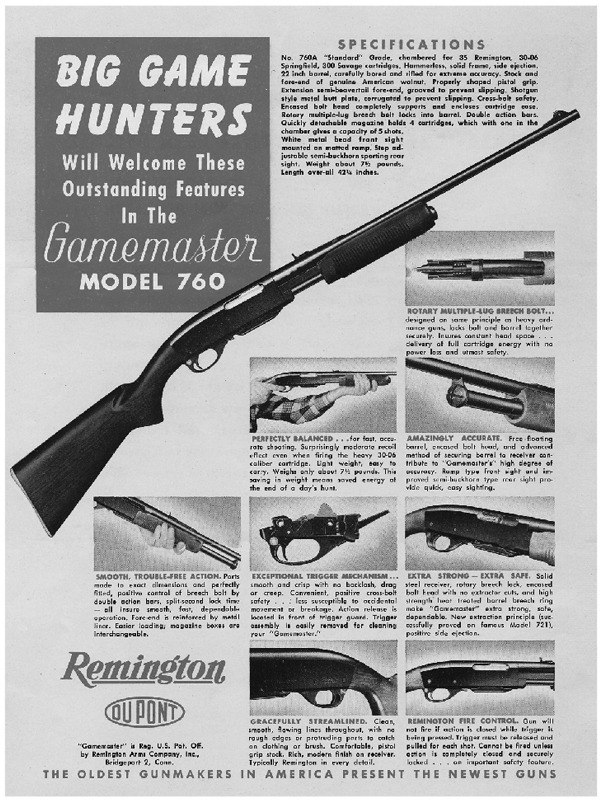
| Page 24 | 3rd Quarter 2007 |
| Page 25 | 3rd Quarter 2007 |
Remington Model 760 Carbines
A major change to the Model 760 line occurred in 1960 with the introduction of the Remington Model 760C carbine. The
carbine<92>s action tube did not extend past the end of the forend and an “O” ring was fitted in the fore-end to reduce rattle. Bothwere so successful that they were later incorporated into all 760s. The CDL carbine grade appeared a year later, and it wasequivalent to the ADL rifle. Both the carbine and the rifle were fitted with new sights compatible with the “all purpose” stocks.The carbine had an overall length of 3½”, an 18½” barrel and a weight of ¼ pounds. Production of the Remington Model 760Ccarbine stopped in 1980, and this firearm last appeared in the 1979 Remington catalog. In the twenty-year period, a total of62,726 Model 760C carbines were sold.
| Page 26 | 3rd Quarter 2007 |
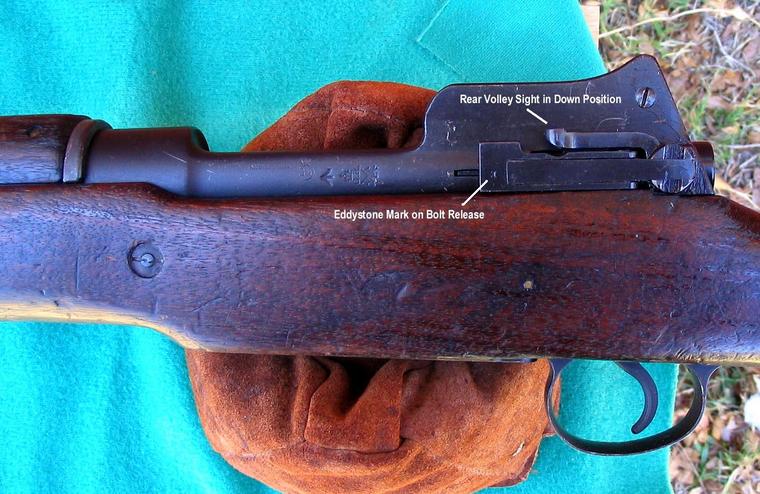
In 1974, Remington began a major product improvement program to replace both the autoloading Model 742 and the pumpaction
Model 760. By 1976, development of the “New Generation Rifles,” as they were called, was well underway. The new
pump-action rifles, now with model numbers, were introduced in late 1980 as the Deluxe Model Six and the popular-priced
Model 7600. Advertising, both in the catalog and the sporting press, concentrated on the Model Six, and it wasn<92>t until 1983 that
the Model 7600 received equal billing.
The major improvements over the Model 760 were a simpler bolt, which now had four lugs in place of nineteen, and a
single unit replacing the breech ring and barrel extension. Smoother operation came from a hardened steel receiver insert mated
to a matching lug on the bolt and heavier action bars. The magazine was redesigned and its release enlarged. The scope mount
screw size and screw hole spacing were increased for greater strength, so Model 760 scope mounts will not fit. Both the Models
Six and 7600 retained the original Model 760 specifications of an overall length of 42″, a barrel of 22″, and weight of 7 1/2½ pounds.
The Model Six was introduced Two unique promotional tie-ins |
| Page 27 | 3rd Quarter 2007 |
Remington introduced the Model 7600 pump-action rifle in 1981. This rifle is ically the same as the Model Six, differing only in the shape of the stock and ore-end, and receiver and barrel markings. The Model 7600 featured kered pistol-grip and fore-end in a fleur-de-lis pattern, and straight comb k. The barrel length was 22 inches. In 1987. the stock finish was changed to in with no change in the order number. In 1988, a carbine was first offered an 18 1/2½” barrel with a .30-06 chambering. In this same year the .280 Rem. the .35 Whelen were added.
The first major change in the Model 7600 came in 1991 with an upgrade to the ck and checkering. The restyled stocks featured a Monte Carlo-style buttstock d a new pattern of cut checkering. The wood finish remained satin; however, es in .30-<92>06 Sprg. and .270 Win. were available with a gloss wood finish. e overall length of the rifle and the carbine increased by 5/8″ to 42 5/8″ and 9 1/2″ respectively.
In 1993, Remington introduced the Model 7600 SP “Special Purpose”, which eatured a non-reflective finish on the wood and metalwork, sling and sling ls, and two chamberings: .270 Win and .30-06. This variation was short-lived, it was discontinued in December 1994.
For 1997 only, Remington brought out a limited edition Buckmasters American r Foundation Model 7600 Rifle chambered for .30-06, and featuring fine-line and decorated receivers. In 1998, Remington introduced the Model 7600 Synthetic, ch has a Monte Carlo-style, black fiberglass reinforced stock and fore-end. All exposed metal parts have a matte-black, non-reflective finish, and it is le in the following calibers: .243 Win, .270 Win, .280 Remington, .30-06, .308 in, and a carbine version with 18½” barrel in .30-06. The affordable priced model 7600, introduced in 1981 along with the Model Six, remain in production.
| Page 28 | 3rd Quarter 2007 |
Remington 760 Serial Numbers Dates
The Model 7600 SP or “Special Purpose” was introduced in 1993. The SP e featured matte-finish metal, low-lusterwood finish and a camouflage Cordura sling. It was offered in .30-06 Sprd and .270 Win., and the SP model was not listed in the 1995 catalog.
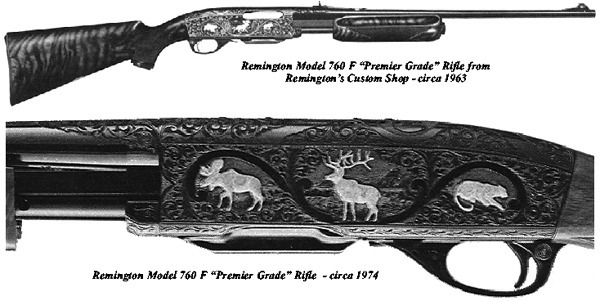
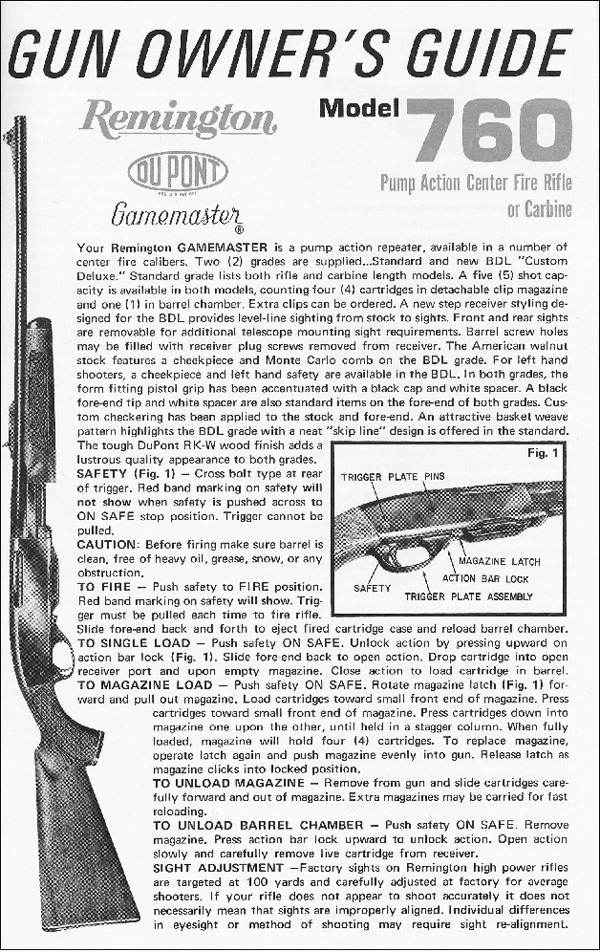
Receiver panels of the Model 7600 were embellished with pressed, fine-line ving in 1996. A game scene with two deer was on the right receiver panel, and e left panel scene had two bears. It was first noted as “new enhanced r engraving” and was discontinued in the 2004 catalog.
A synthetic-stocked Model 7600 introduced in 1998 remains part of the line. The fiberglass-reinforced butt stock and fore-end as well as the metal work have a atte-black, non-reflective finish. The Model 7600 Synthetic is offered both as rifle and as a carbine in the same calibers as the wood-stocked models. on<92>s “Integrated Security System” (ISS) trigger lock, manufactured as n integral part of the safety, first appeared in late 1999.
The 1990s began the era of niche marketing as distributors special ordered non-ataloged variations. One distributor, Grice Wholesale of Clearfield, Penn., has offered the greatest number of non-cataloged variations since 1990 in ranging from 75 to 1,200. Many of the Grice special-order rifles were in Rem. Others were in .257 Roberts, .25-06 Rem., .260 Rem. and .35 Rem. Black inate or brown laminate stocks were offered in some years.
| Page 29 | 3rd Quarter 2007 |
Remington 7600 Serial Numbers
In 2005 maple stocks were offered. Remington also produced a European-market el 7600 with a special two-shot magazine. In 2005 they offered 500 maple Model 7600s with a roll-marked
MODEL 7600 SPECIAL EDITION 30-06 SPRG 100 YEAR COMMEMORATIVE 1906 – 2006 inscription.
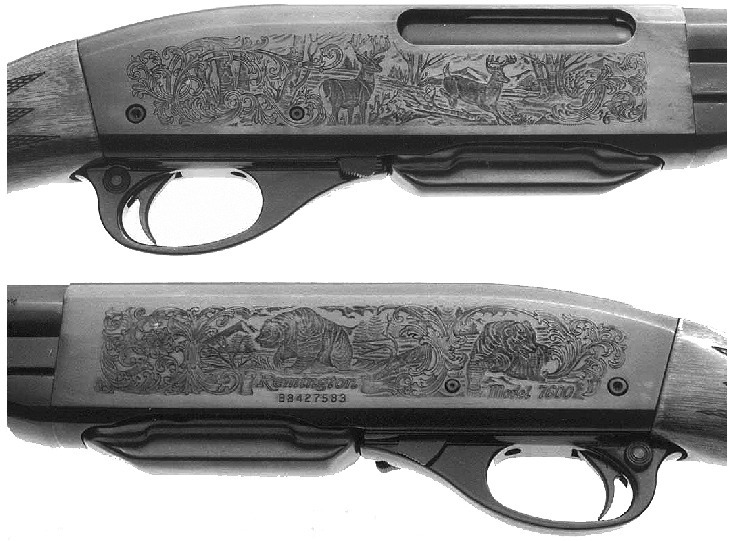
Several roll-engraved commemorative Model 760s and 7600s have been offered. In 966, 4,610 Model 760s with a goldfilled 150th Anniversary logo on the left side were sold. Grice offered 1,000 non-cataloged Model 7600s with a 175th y logo in 1991 and, a year later, they offered 2,000 Deer Hunter Specials with gold-filled roll-marked deer scene based on a Robert Kuhn painting in the gton Arms Collection.
Fewer than 30 five-gun sets, consisting of a Model 700 bolt-action, Model 870 mp shotgun, Model 1100 autoloader shotgun, Model 7400 autoloader rifle and the odel 7600 rifle, were sold in 1996 to commemorate the 180th Anniversary ofRemington. The Model 7600 left receiver panel had a bear, a bust of Eliphalet mington and a 180th Anniversary banner, all gold embellished. The right panel had two gold embellished deer. The 1997 catalog offered the Buckmasters imited Edition 7600 with special pressure-applied fine-line engraving on both ceiver panels and fewer than 800 were sold. The only Model 7600 commemorative rbine to date was issued in 1999 and 2000 to honor Larry Benoit, a native ter nationally known as one of the greatest whitetail deer hunters. The right de of 170 carbines had a gold embellished mount of Larry’s biggest buck
| Page 30 | 3rd Quarter 2007 |
Remington Gamemaster 760 Serial Numbers
Remington added two Police Patrol versions of the 7600 in 2002 and 2005. The Model 7600P, a .308 Win. with a 16 1/2″
barrel, was first, followed by the Model 7615P in .223Rem. and employs AR-15 magazines.
Remington President C. K. Davis, designer L. Ray Crittendon and the rest of the Remington design team would
instantly recognize today’s Model 7600 and be very pleased with how it still reflects their original concept of a streamlined
pump-action rifle.
Remington Model 760 Serial Numbers
The “Sportsman 76” rifle, a lower cost version of the Model 7600, was introduced in mid-1984. The Sportsman series
was directed towards mass merchandisers and it included the 74 autoloading rifle, the 76 pump-action rifle, the 78 bolt-action
rifle, the 581-S bolt-action rimfire rifle, a 12 ga. autoloader shotgun and a 12 ga. pump-action shotgun. The Sportsman 76 was
similar in style to the 1950s A-grade Model 760 and featured an uncheckered straight comb, lacquered walnut-finish hardwood
stock and the same specifications as the Model 7600. All metal was matte-finish, and the bolt action Model 788-style rear sight
was used. The Sportsman 76 was discontinued December 31, 1987, with a total of 20,715 made in .30-06 Sprg.
Remington 760 Serial Numbers Year
| Page 31 | 3rd Quarter 2007 |
Remington 760 Serial Numbers Search
| On-line Search/Sort Journal Index | On-line Journal Articles New Journals have links to
|